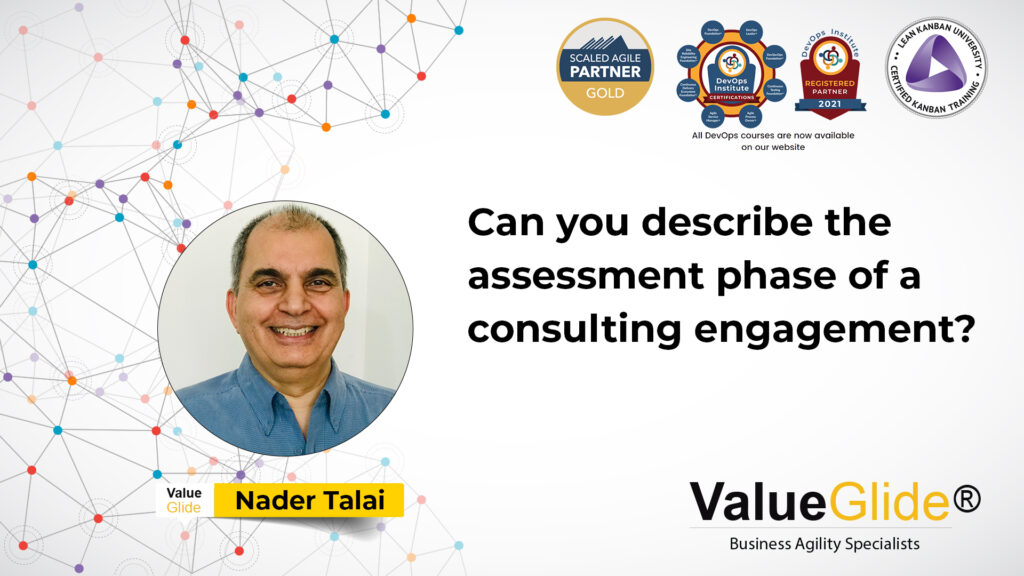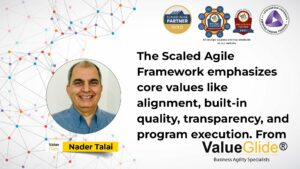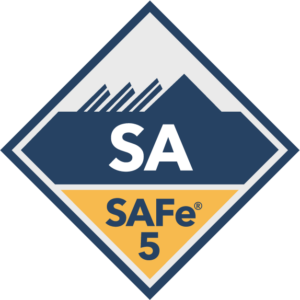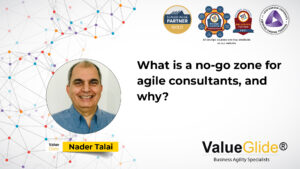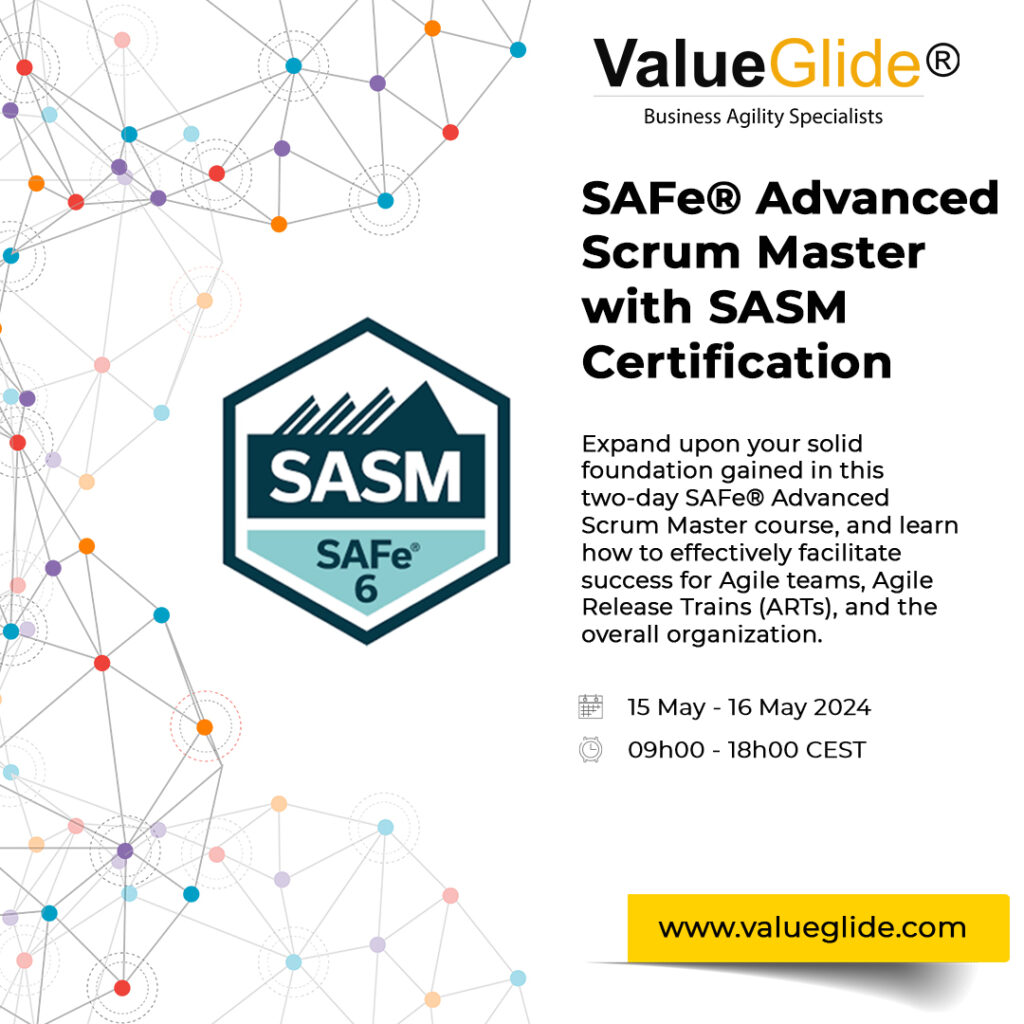Can you describe the assessment phase of an agile consulting engagement?
At the start of the agile consulting engagement, we have two primary aims for the initial assessment because it’s a two-way assessment.
- Are we the right fit for the client and their needs?
- Is the client a right fit for us? Are we able to contribute value and solve their problems?
So, that’s the initial mindset that governs the assessment phase of an agile consulting engagement.
It’s a blend of due diligence and discovery.
How can Value Glide help the client?
In the discovery phase, we are looking to understand the client environment, the context of their organization within their industry, and the unique problems and opportunities present.
Typically, a client will be trying to identify:
- How do they organize themselves around value creation in the best way possible?
- How do we become more responsive to change, opportunities, and disruption?
- How do we become more adaptive?
- How do we become better at sensing the market and responding to feedback?
And so forth.
Primarily, ways to improve and how to become more adaptive and responsive.
How effectively are the organization prioritizing work?
For us, we start to look at how things currently work and what needs our focus to help them achieve their stated intentions, goals, and objectives.
- Do they have clarity around how work is currently prioritized?
- Are they consistent with how decisions are made and is this shared with teams?
- Does everybody understand why something is priority 1 whilst another is priority 2?
What we find is that organizations that don’t have clarity around priorities tend to produce teams where individuals make their own prioritization decisions without aligning those decisions with customer and organizational objectives.
More common in organizations is where everything is prioritized as the most important and urgent item of work, and so there is no prioritization, and chaos ensues because teams are overburdened and unclear of how to work in a strategic, optimal fashion.
How effectively are teams aligned with strategic goals and objectives?
Priority on its own doesn’t create alignment. We need to be conscious about how teams of agile teams are aligned with customer and organizational strategy.
In larger organizations, where we have teams of agile teams working on a product or value stream, it becomes even more important that their efforts and focus aligns with organizational and customer objectives.
In complex organizations, such as an autonomous car manufacturer, you may have teams of agile teams focusing on the firmware, others focusing on the hardware, and others on the software yet you still need to deliver a working, integrated, and interconnected product to the customer or stakeholders every program increment.
All those efforts need to be organized around value creation and aligned with the most valuable solution for that client, in a way that creates and captures value for the organization.
Building structures into the system.
Once we’ve achieved alignment and are clear about how work is prioritized, our focus shifts onto the design and implementation of structures that will enable improved agility.
The goal isn’t perfection, it’s about progress, and the continuous improvement of that environment to achieve better results with each iteration.
So, a priority for us is to meet the customer where they are at, and design and implement structures accordingly and appropriately. It doesn’t help to put a structure in place that doesn’t match the organizational capabilities. It will fail. We need to cocreate and co-select those structures with the client to ensure that we can move forward effectively and continuously improve the system as we learn and improve.
Impediments will always arise and so we prepare to:
- Raise them so that relevant people are aware of them.
- Have a problem-solving method in place to address these impediments and problems.
Designing metrics and measurement systems.
In the process of prioritizing work, aligning teams, and creating structures we are going to get clear about where we currently are, in terms of capabilities and performance, as well as on what matters to us moving forward.
What needles are we trying to move and what would be a great way to measure progress?
At this stage of the assessment phase, we will be focused on designing measurement and metrics that will guide us moving forward. This dashboard or score card will enable everyone to quickly and easily identify how we are doing, how we are improving, and what needs our attention next.
- What is the goal of the engagement?
- What are we optimizing for?
- What are the measures that inform how we proceed next?
We also want to produce a secondary set of metrics and measurements to make sure that there aren’t unintended consequences in other parts of the environment that we couldn’t anticipate when designing the initial system.
Those metrics will act as guardrails and ensure that we are optimizing for the success of the whole system rather than focusing on optimizing for local or specific parts of the system.
So, we need to have a wide set of sensors and we need to be responsive to change based on the data and evidence that we gather in the process of improving.
Building a visual management system.
Knowledge work in a complex environment is very different to manual work in a simple environment.
If we need to move 1 million bricks from point A to point B, we can quickly and easily visualise how that is progressing and the flurry of activity all confirms that things are on track.
In knowledge work, we can’t see inside of people’s minds.
We can’t see how close to a solution or breakthrough they are, nor can we anticipate when a complex problem will be solved because even the expert working on that problem doesn’t know that information.
What we can do is make the flow of knowledge work visible and create a visual management system that empowers us to make decisions despite complexity and uncertainty.
The visual management system also allows us visualize the flow of work and make interventions based on bottlenecks in the system, dependencies, and other areas that could use our attention to improve the flow of work throughout the value stream.
Value Glide consultants will often run a Value Stream Identification workshop as well as a Value Stream Mapping Workshop with teams to make the entire value stream visible as well as to showcase problem areas in the value stream that will require leadership intervention.
So, the assessment phase identifies and ranks where the organization is currently at, where they want to go, and what we need to start doing in order to move in that direction.
About Value Glide
Value Glide are a SAFe (Scaled Agile Framework) consultancy, coaching practice, and training specialist who work with organizations to align business objectives with customer needs and wants.
As deeply experienced agile coaches and practitioners, our team are invested in continuous learning through each client engagement and use the data and evidence we gather from each implementation to inform our training, coaching, and consulting services.
In a nutshell, empirical process control or empiricism.
If you are thinking of adopting agile within your organization and have identified SAFe as a great agile framework to adopt, implement and improve your business agility, visit our SAFe Quickstart ART Launch program page or view our SAFe Consulting Services page.
If you have identified a need for an agile coach and SAFe coach to help your organization adopt and implement SAFe, visit our SAFe Coaching Services page.
If you want to know more about SAFe and how to lead SAFe, visit our SAFE Training page for a host of options, from Leading SAFe to a SAFe Release Train Engineer course.
#SAFe #scaledagileframework #scalingagile #agile #agileframework #agilecoach

